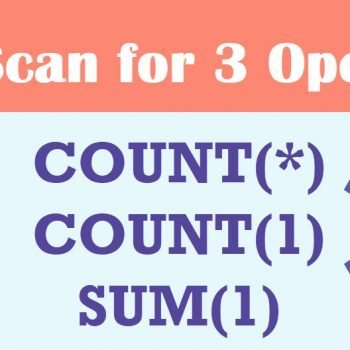This blog post is about two great bloggers and their excellent series of blog posts. It was quite unusual to see two bloggers posting articles that are supporting each other and constantly improving the articles to the next level.
Two blogs which I am going to mention here are as follows: SELECT Blog FROM Brad.Schulz CROSS APPLY SQL.Server() – Brad Schulz and Demystifying SQL Server – Adam Haines. Before continuing this blog post, I suggest you all to bookmark these blogs for future reference.
The whole thing started when Adam tried to answer the question “How to transform a delimited values into columns?” on MSDN SQL Forum. Adam made the first blog post here http://jahaines.blogspot.com/2009/06/converting-delimited-string-of-values.html and then Brad and Adam bounced a few ideas off the wall. Then, Adam started his series on concatenating column values http://jahaines.blogspot.com/2009/06/concatenating-column-values-part-1.html, and http://jahaines.blogspot.com/2009/07/concatenating-column-values-part-2.html. In part two of the series, Brad wanted to get a deeper understanding of why the results came out the way they did. Adam then started another series on unpacking or parsing out delimited characters, http://jahaines.blogspot.com/2009/11/splitting-delimited-string-part-1.html and here http://jahaines.blogspot.com/2009/12/splitting-delimited-string-part-2.html. From here, Brad started digging even deeper into the internals of the XML method. Brad has a comprehensive list of the back and forth on this post, http://bradsruminations.blogspot.com/2009/12/delimited-string-tennis-anyone.html and a final post here http://bradsruminations.blogspot.com/2010/01/delimited-string-tennis-again-final.html.
The final outcome is that both the XML method and number table can perform equally, but the XML method has to be coded in a very particular way; otherwise performance will be horrendous. Also, the permanent number table shows consistently more performance than the inline number table; however, on smaller string sizes, the difference here is that most of the inline number tables require more CPU and RAM, whereas the permanent number table requires more IO. For an average developer, the number table solution is probably the easiest of the solutions to implement.
Overall, I strongly suggest to go through the abovementioned posts; you will love it and become their fan. Please note these posts are very easy to understand and if you know a bit of XML only, you will still be able to understand them very well. The above description has been taken with proper consent of the Adam and Brad.
Hats Off to you Guys! You guys inspire me and many SQL enthusiasts!
Reference: Pinal Dave (https://blog.sqlauthority.com)






2 Comments. Leave new
Hi Pinal,
Thanks for posting the blogs, they were an interesting read and especially working with XML is always fun.
Here is my dynamic method which will work for any number of columns
Madhivanan